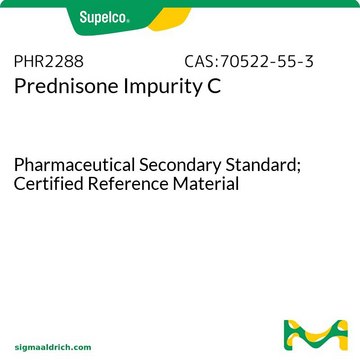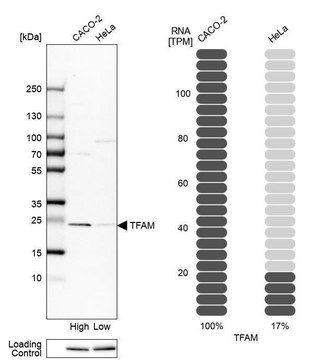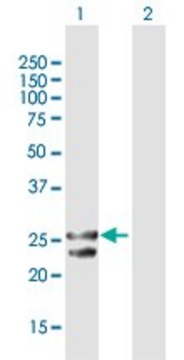A04551
eMcollect Sponge Stick
Diluent: Buffered Peptone Water in bag with closure label, Calibrated dose: 10 mL, bag of 10 × 10 (Zip bags)
Synonym(s):
Microbial sampling sponge stick, Sampling sponge stick
Select a Size
₹3,870.00
Select a Size
About This Item
₹3,870.00
Recommended Products
sterility
sterile; γ-irradiated
product line
eMcollect
shelf life
12 mo.
feature
Diluent: Buffered Peptone Water in bag with closure label, Calibrated dose: 10 mL
packaging
bag of 10 × 10 (Zip bags)
box of 100 units
technique(s)
microbiological culture: suitable
L × W × thickness
8 cm × 4 cm × 1.2—1.6 cm, Sponge Size
application(s)
food and beverages
storage temp.
15-25°C
Related Categories
1 of 4
This Item | HPA063684 | SAB1401383 | SAB5701430 |
|---|---|---|---|
| Quality Level 100 | Quality Level 100 | Quality Level 100 | Quality Level 100 |
| conjugate unconjugated | conjugate unconjugated | conjugate unconjugated | conjugate - |
| biological source rabbit | biological source rabbit | biological source rabbit | biological source rabbit |
| antibody form affinity isolated antibody | antibody form affinity isolated antibody | antibody form purified immunoglobulin | antibody form - |
| product line Prestige Antibodies® Powered by Atlas Antibodies | product line Prestige Antibodies® Powered by Atlas Antibodies | product line - | product line - |
| UniProt accession no. | UniProt accession no. | UniProt accession no. | UniProt accession no. |
General description
Application
Features and Benefits
- Sterility Assurance: Each sponge stick undergoes gamma-ray sterilization, with a minimum dosage of 20 kiloGrays, ensuring they are free from any contaminants.
- High-Quality Materials: The sponge is made of premium quality cellulose of 8 x 4 cm size, with a thickness ranging from 1.2 to 1.6 cm. The sponge is encased in a blue plastic sleeve equipped with release clamps for easy handling.
- Diluents Formulated to Standards: The diluents provided with the wipes are manufactured in accordance with ISO11133 standards, ensuring consistency and reliability.
Storage Class Code
11 - Combustible Solids
WGK
WGK 1
Flash Point(F)
Not applicable
Flash Point(C)
Not applicable
Certificates of Analysis (COA)
Search for Certificates of Analysis (COA) by entering the products Lot/Batch Number. Lot and Batch Numbers can be found on a product’s label following the words ‘Lot’ or ‘Batch’.
Already Own This Product?
Find documentation for the products that you have recently purchased in the Document Library.
Our team of scientists has experience in all areas of research including Life Science, Material Science, Chemical Synthesis, Chromatography, Analytical and many others.
Contact Technical Service








